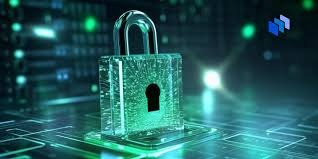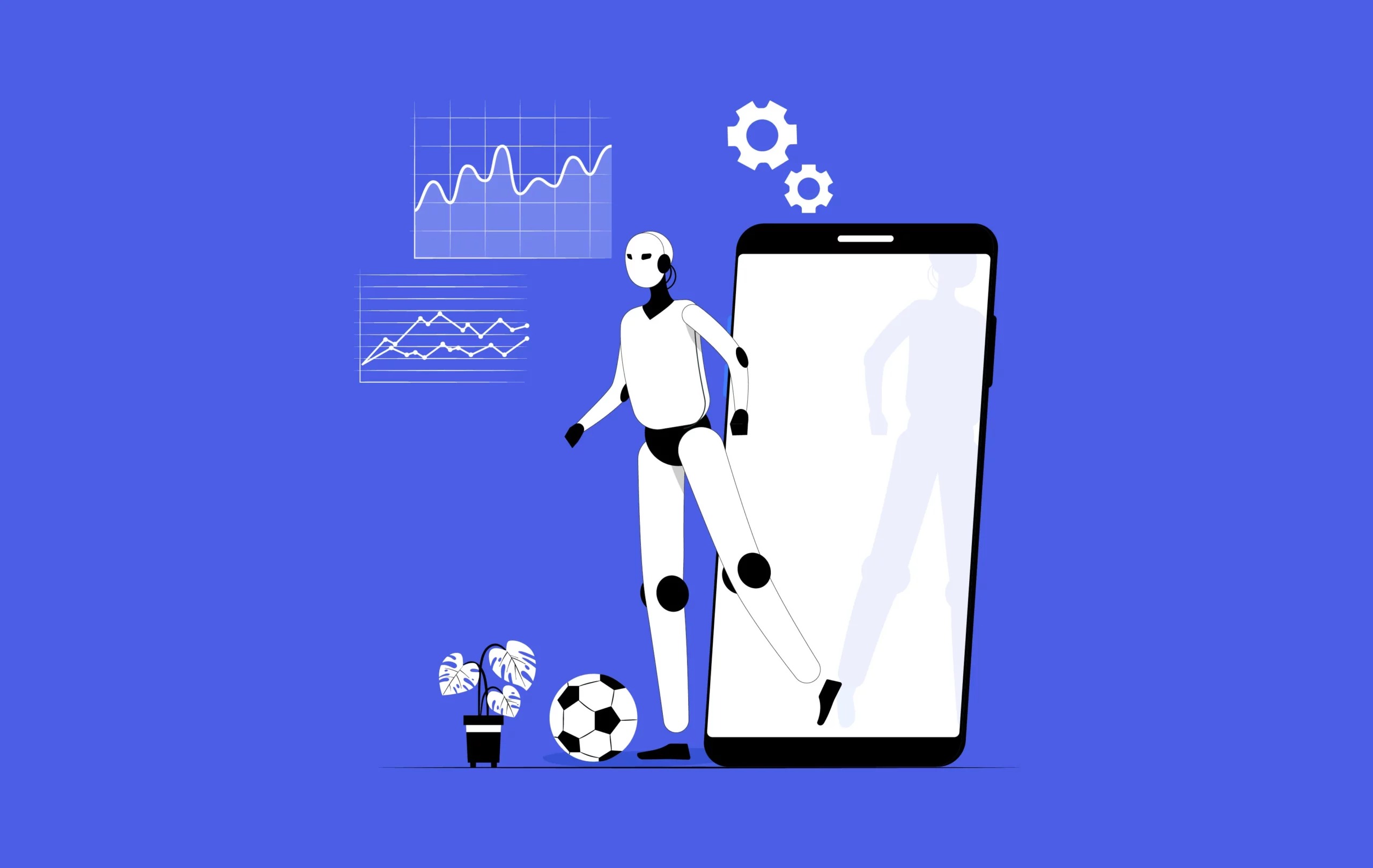It is difficult to imagine a modern business without a bunch of software, cloud services, and banking products that require Internet access. At the same time, hacker attacks are becoming more sophisticated, causing irreparable harm to businesses of all sizes. Successful cybercriminal attacks lead to data and money losses, which of course negatively affects the reputation of companies. In this article, you will learn about modern threats and tools for preventing cybersecurity issues, including the role of dark web monitoring tool.
Cybercriminal Tools
To gain access to systems and storage media, attackers use different tools. Let’s take a closer look at them.
Malicious Software
Malicious software is the most common way to harm a system or computer. Such programs get onto a device when downloading applications from unverified sources or when clicking on dubious links.
There are several types of malware:
- Viruses. Programs that can embed themselves in the code of applications and files. They copy themselves to spread. Viruses disrupt the operation of applications, delete data, and disable the system.
- Spyware. Programs for tracking user actions and collecting data about them. Through spyware, fraudsters gain access to bank accounts, browser history, and other confidential information.
- Ransomware. With their help, criminals damage and encrypt data. Fraudsters demand a ransom to return access to files.
- Adware. The danger of such programs is that they can not only display unwanted advertising but also collect data on user actions and redirect them to malicious sites.
- Botnets. They are a network of carriers with installed malware. Botnets are used for DDoS attacks, spam mailings, and installing spyware.
Phishing
Phishing is used to gain access to bank accounts and products.
The standard scheme looks like this: fraudsters pose as bank employees and ask to confirm the user’s personal data, provide a card number, or make a transfer of funds. After that, the criminals gain access to cards and accounts.
People who engage in phishing use phone calls, emails, and social networks to contact the user. The main problem in the fight against such fraud is the lack of software that can protect users and companies from fakes.
DDoS Attacks
DDoS attacks are used to create a temporary or permanent network overload. An overloaded server makes the resource unavailable to users.
Such interventions are usually aimed at large companies and enterprises and cause downtime and financial losses. DDoS attacks are also used to stop the activities of sites that support opinion leaders or engage in propaganda. Such crimes are considered political.
Man-in-the-middle
This is a cyber attack in which a criminal intercepts data during the exchange of information between two or more parties. The participants in the exchange are unaware of the attacker’s intervention and think that they are communicating with each other. In this way, the criminal takes possession of personal information, banking data, and passwords.
You can be subjected to a man-in-the-middle attack when connecting to an unprotected Wi-Fi network or in the case of installing malware.
Social Engineering
Social engineering is a technique for manipulating users in order to obtain personal data.
Fraudsters may pose as an employee of the bank or company where the user works, a client, or a close person. During communication, they convince the victim to disclose information about accounts and accounts, follow an unverified link, or install malware.
Reasons For Cyber Attacks on Companies
During the 2020 pandemic, most companies focused on online activities. With the increase in the number of transactions on the network, the price of information increases, and the number of cyber attacks grows.
The most common reasons for cyber security breaches are:
- Introduction of malware into the system. Most often, criminals use ransomware and blackmail programs to carry out cyber attacks on companies. Such cases are possible with weak protection of information systems.
- Low level of digital literacy of employees. Opening one attachment in a phishing email or clicking on an unverified link can lead to financial and reputational losses for the entire company.
- Competitive struggle. Hackers hack into the site, and employee mailboxes, and steal confidential customer data to harm competitors.
To avoid cyber attacks and their consequences, it is necessary to develop reliable protection for internal networks, draw up a list of cyber security rules for employees, and back up all data.
Methods of Protection Against Cyber Attacks
There is no universal method of protection against cyber threats. The cyber security system is built taking into account the specifics of the business.
Below is a list of recommended general measures to prevent and eliminate cyber attacks.
- Increase the level of digital literacy of employees.
Most attacks occur due to insufficient competence of users. To ensure the cyber security of the company, it is necessary to draw up regulations and familiarize employees with security rules, regularly conduct audits of the computer network.
Such measures will reduce the risk of human errors, and in combination with other measures will help to avoid unauthorized interference and data loss.
- Prevent data loss.
To do this, use Data Leak Prevention (DLP) technologies. DLP are cyber security systems that track leaks of confidential information to the Internet or external media.
DLP programs recognize confidential data by markers or file contents and block their transmission. As a result, accidental leaks can be avoided and the legality of employee actions can be tracked.
- Dark web monitoring tool.
By monitoring the dark web, businesses can detect data leaks and their appearance on the darknet at an early stage. This will help prevent or mitigate the consequences.
- SIEM.
A security information and event management system (SIEM) is a way to monitor user and company activity in real time.
With the help of artificial intelligence, SIEM analyzes activity within the network and instantly responds to violations. This allows you to prevent cyberattacks and minimize disruptions.
- IDS and IPS.
Intrusion detection systems (IDS) and intrusion prevention systems (IPS) allow you to promptly respond to hacking attempts and minimize losses.
IDS detects anomalies, unauthorized access to the system, and malware. It does not reflect threats, but notifies about violations and helps to find their cause.
IPS monitors violations and responds to them: blocks suspicious traffic and resets the connection.
Final Thoughts
The Internet and local networks are necessary for any company to operate. Customer databases, passwords, documents — all information must be protected from potential threats. Using technologies such as the tool for monitoring the dark web helps detect leaks at an early stage and prevent potential threats emanating from the shadow segment of the Internet. If you are interested in this and other effective tools to support business cybersecurity at a high level, we recommend ImmuniWeb.










